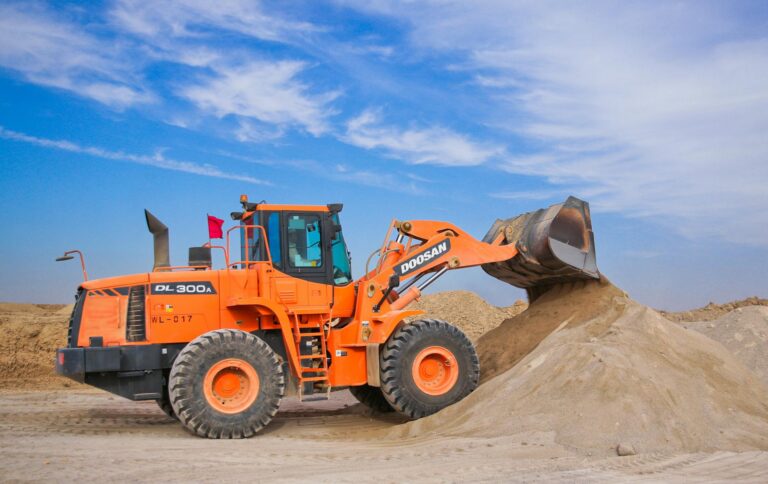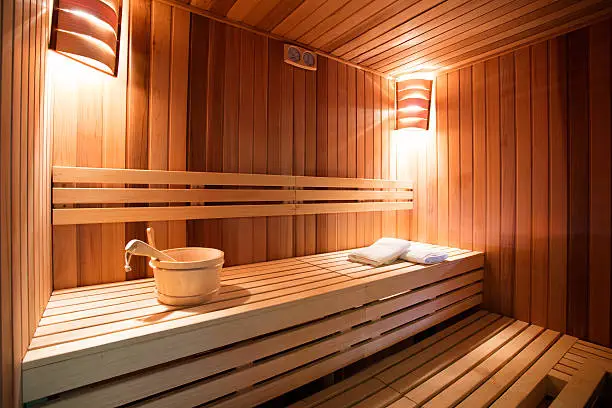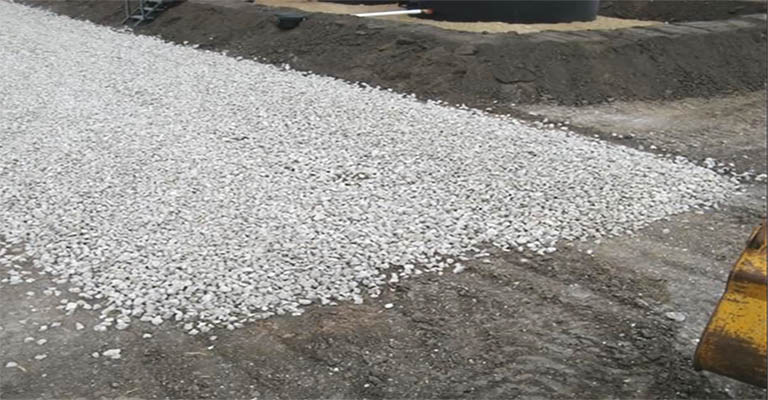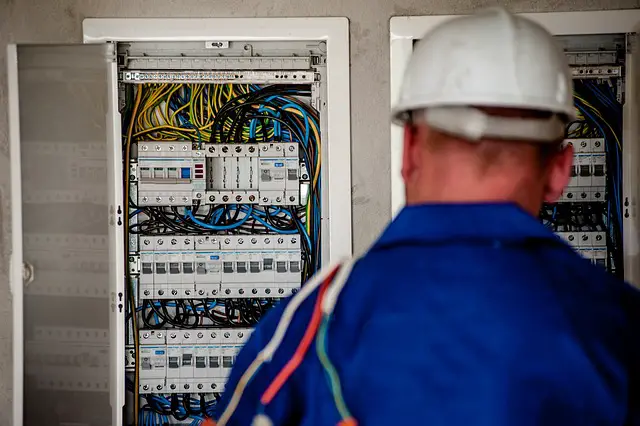Kit Homes: The Future of Affordable, Customizable Housing

In the ever-evolving landscape of residential construction, kit homes are emerging as a beacon of innovation and affordability. These prefabricated homes, known for their DIY-friendly nature and customizable features, are revolutionizing the way we think about building our dream houses.
If you’re in the market for a new home and are considering a path that combines cost-effectiveness with a personal touch, then exploring the world of kit homes might just be the perfect option for you.
What Are Kit Homes?
Kit homes, also referred to as prefab homes or modular homes, are residences sold as a package of parts that the buyer assembles on their property. These kits come with pre-cut and measured materials ready for assembly, much like a large-scale model home. This method of home building not only reduces construction waste but also significantly trims down labor costs and build time. Moreover, because the components are manufactured in controlled environments, the precision and quality often surpass traditional on-site construction.
Benefits of Building a Kit Home
Cost-Effective
The streamlined process of kit home construction can result in significant savings. With pre-measured materials and a clear construction plan, the expense of both waste and labor is greatly reduced.
Time-Saving
Since the parts are pre-made and merely need to be assembled, the construction time for a kit home is much shorter compared to traditional building methods. Some smaller kit homes can even be built in a matter of weeks.
Energy Efficiency
Kit homes are designed with modern living in mind, often featuring energy-efficient designs and materials that can lead to long-term savings on utility bills.
Customization
While kit homes come in pre-designed packages, there’s still a great deal of room for customization. Buyers can often choose finishes, fixtures, and sometimes even alter floor plans to suit their preferences and needs.
Environmental Friendliness
The precise nature of kit home production means there’s minimal waste during the build. Plus, the option to include sustainable materials and features appeals to eco-conscious consumers.
How to Choose a Kit Home
Selecting the right kit home requires careful consideration. Here’s what potential home builders should look into:
Designs and Floor Plans
Explore a variety of manufacturers to find the design and layout that best fits your lifestyle. Whether you need a compact two-bedroom home or a more spacious family residence, there’s likely a kit home that matches your requirements.
Quality of Materials
Investigate the quality of the materials included in the kit. Durable, high-quality materials will ensure your home is built to last.
Budget
Establish your budget early in the process and find a kit that aligns with it. Remember to factor in additional costs such as foundation, utilities, and any additional construction that may be necessary.
Builder vs. DIY
Decide whether you will assemble the home yourself or hire a builder. Many kit homes are designed for DIY assembly, but having a professional can ensure the construction is done correctly.
Local Regulations
Before purchasing a kit home, check your local building codes and regulations to ensure that your new home will be compliant.
Installation and Construction
The process of building a kit home can be both exciting and daunting. The key is preparation. Most kits come with detailed instructions, and some companies offer customer support throughout the build. If you’re not an experienced DIYer, it might be wise to enlist the help of a professional contractor who can oversee the project.
Kit Homes and Modern Technology
With advances in technology, the process of designing and constructing a kit home has become even more streamlined. Many companies offer 3D modeling of your prospective home, allowing you to visualize and tweak your design before the building begins. Additionally, modern materials and smart home technology can be integrated into the design to create a home that is not only affordable but also at the cutting edge of home innovation.
The Resurgence of Kit Homes
Kit homes are not a new concept. In fact, they were quite popular in the early 20th century, with companies like Sears, Roebuck and Co. selling thousands of kit home models through their catalogues. Today, we’re witnessing a resurgence of this home-building method, largely due to its cost-effectiveness and the growing interest in personalized, sustainable living.
The Evolution of Design in Kit Homes
The design of kit homes has come a long way from the simplistic models of the past. Today’s manufacturers offer a diverse range of styles, from traditional and rustic to modern and minimalist. The flexibility in design allows homeowners to place their personal stamp on their living spaces, making each kit home unique.
Sustainability and Green Living
One of the most compelling aspects of kit homes is their contribution to sustainable living. Manufacturers often use renewable resources and sustainable materials, reducing the ecological footprint of each build. Furthermore, the design of kit homes frequently incorporates elements such as solar panels, efficient insulation, and water-saving fixtures, making them ideal for those who prioritize environmental responsibility.
The Community Aspect
Building a kit home isn’t just a personal journey; it can also foster a sense of community. The construction process can bring neighbors, friends, and family together to assist in the build, creating a shared experience. This community spirit is part of the charm that kit homes bring to the table, forging connections and memories that last long after the construction is complete.
Financing Your Kit Home
Understanding your financing options is crucial when considering a kit home. Many mortgage lenders are familiar with the concept of kit homes and offer construction loans that convert to a traditional mortgage once the home is complete. It’s important to work with financial institutions that understand the unique aspects of financing a kit home to ensure a smooth process.
The Future of Kit Homes
Looking forward, the potential for kit homes is vast. Innovations in manufacturing, like 3D printing and new material composites, are on the horizon, promising to make kit homes even more accessible and customizable. As smart home technology continues to advance, kit homes will likely integrate these systems, offering homeowners cutting-edge living environments.
In Conclusion
The flexibility of kit homes is exemplified by their wide array of components and styles, catering to various needs whether you’re constructing a tiny house with pre-insulated wall panels or expanding your living space with a Jamaica Cottage Shop guest house. Each house kit provides a comprehensive solution, from roof trusses designed for durability to shed roofs that blend seamlessly with your building site aesthetics. The appeal of personalizing every room, from the dining room to the cozy nooks, is made possible with a detailed floor plan and all the materials ready for assembly, ensuring that every square foot of your new abode reflects your personal taste and style.
Moreover, the comprehensive nature of a structural kit means that significant components, including roof panels and exterior doors, are delivered to your site, simplifying the construction process. This streamlined approach not only enhances the building experience but also allows homeowners to efficiently create a space that’s truly their own. Whether you’re adding a functional shed roof structure or planning a full-scale home with a robust living space, kit homes provide all the materials you need to transform your vision into a tangible reality, offering both the warmth of a custom-built environment and the pride of hands-on accomplishment in every square foot.





